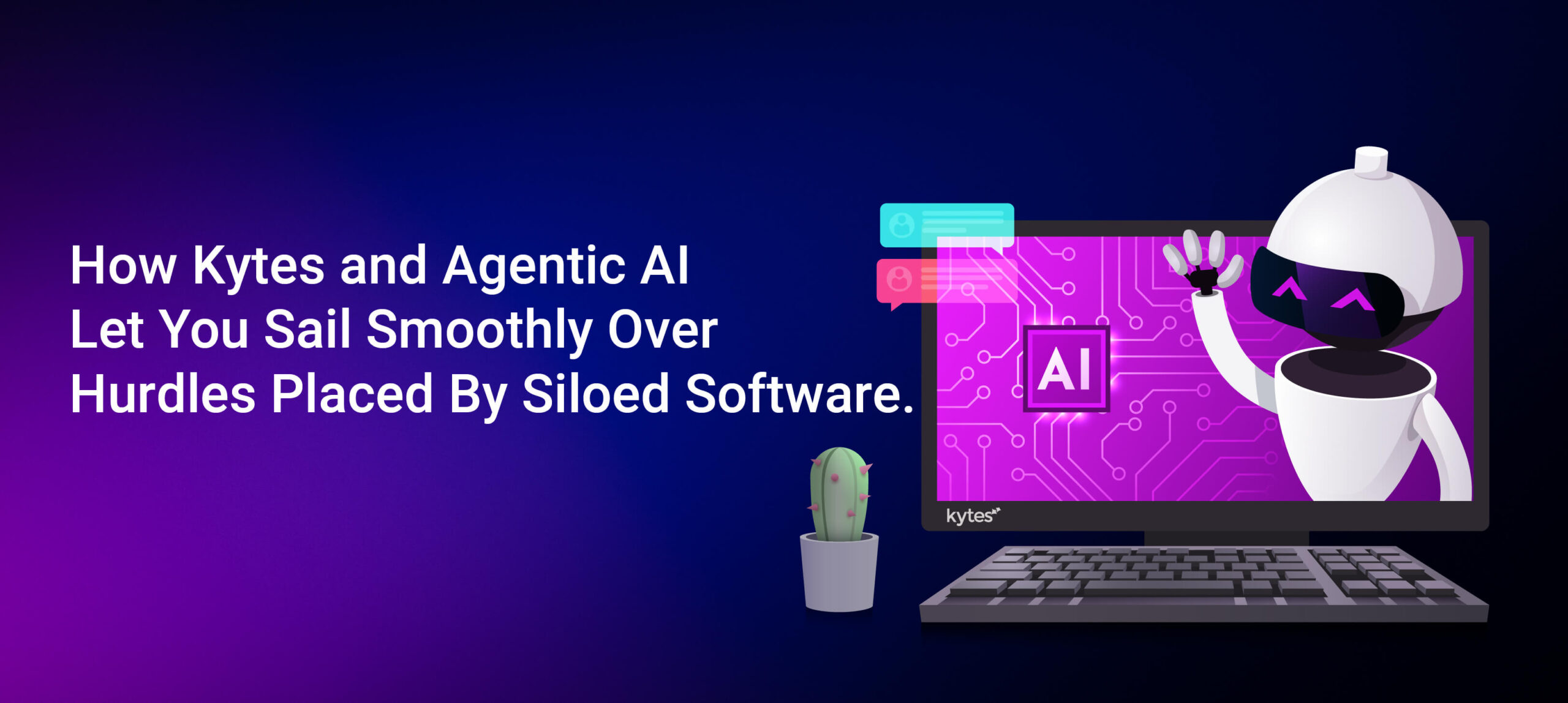Have you watched a hurdles race? During project execution, you have to overcome several obstacles without losing sight of your goal and finish in time – much like a hurdles race
Think. How much time is wasted in project meetings arguing about correctness of data like availability of resources? How long does it take to get a new project off the ground? How long does it take to get timesheets approved by your customer? Why do such problems persist despite having powerful software?
Value-adding work vs information compiling \ correcting work
If you are using software like ERP, HRMS, CRM, you quite likely face hurdles in every project even if each of the above software does its intended job well.
I am not talking about technical hurdles here. You are well-equipped to handle technical challenges or do things that actually need doing – like writing code or testing it. That’s real work. It is value generating work. Making judicious decisions like pricing a project for optimal winnability and profitability and allocating right resources is also value adding work.
I am referring to the challenges posed by lack of up-to-date and authenticated information and complicated workflows to make any decision. Work needed to find such information or to correct errors doesn’t add value. Also, taking too long to make decisions doesn’t add value. This is pure information processing work. Modern information technology must eliminate most of such work so that your people can devote their time doing value-adding work.
Your enterprise system as a whole doesn’t do what you need, although its parts work separately.
Let’s examine this subject in more detail. Let’s also find out how Kytes helps.
The fallouts of getting stuck in silos and how Kytes eliminates them
There are three major fallouts
The first fallout of software silos is that your enterprise data is fragmented. Project plans and statuses are in one place. Employee skill sets are in another department. Their costs sit elsewhere. Employee timesheets probably exist in another system. None of the separate data sets are useful independently. They need to be verified and combined. For example, a project’s timeline, employee allocations, their respective bill rates, and timesheet data must be pulled together to calculate a project billing.
The second fallout of siloed software is that any decision that needs cross-functional collaboration -which important decision doesn’t need it these days? -gets complicated. You need spreadsheets to discuss and combine data like skill sets of person, hourly cost, and availability. You need email threads to follow up and reshare newer versions of data. You need long meetings to resolve discrepancies in your data.
The third fallout of siloed software is that digitization of your processes is incomplete. Processes like timesheet entries, quality metrics calculation, billing compliant with customer contracts, or legal compliance get left out of connected digitization. It has serious consequences like legal liabilities or billing errors.
Kytes, a modern PSA software, establishes data-pipes that connect all your software silos. Its architecture is designed to capture data where it is generated and make it available wherever it is needed through standardised workflows.
Kytes, in effect, eliminates the non-value adding data gathering work. It eliminates versions of data and avoids wasteful discussions around it. Kytes makes a single version of the truth available throughout a project’s progress.
For example, a timesheet entry gets quickly validated by an immediate superior, and it is used to update a project’s cost or to prepare an invoice. Controls on who (only allocated resources), how (number of hours allocated), and when (within which time period) can make a timesheet entry ensure that wrong data is kept out.
Kytes straightens up meandering workflows
In a siloed software workplace, your workflows meander through various stages like data gathering, doubts and discussions, and escalations. They go through departments and up and down an organization’s layers. For example, how your project costing and pricing gets done.
Kytes’ workflow builder engine lets you set up any explicit workflow exactly as you need. You can configure steps to calculate costs and set up triggers to escalate for a special margin approval. Explicit workflows let you track every workflow for possible delays and prevent them. They take the guesswork out of how a decision might be made. They let managers take proactive steps to prevent delays.
Kytes speeds up your business processes
Since Kytes generates accurate and real-time data and has explicit workflows. It automates processes like finding resources with the right skill sets or billing. It lets managers focus only on exceptions. Kytes eliminates errors due to manual work and speeds up everything. Kytes is a great platform for putting Agentic Ai to work to lighten the burden of manual work further.
Dynamic and alert risk management
Kytes keeps a repository of projects’ history. Its project set up and project closing features accumulate learnings and improves risk framework with experience. Its risk framework is more powerful than simple checklist-based risk analysis. Agentic AI makes the risk analysis more dynamic by constantly tracking everything from market news, resource loading, or project cost buildup.
Helps you optimise project proposals
Every part of proposal preparation is laborious -costing, margin calculations, scenario building and pricing, and composing a professional quality document. Kytes helps at every stage – using standardised costing, and automating escalation for special pricing decisions. Agentic AI pulls up the history of similar projects and suggests everything from WBS, risk factors, to customer-specific actions. Kytes puts it all together through a templatized proposal builder.
Resourceful resource management
Allocating the right resources at the right time is crucial to an organization’s success. But siloed software makes resource management a very tedious and frustrating experience. The problems start right from defining skill taxonomy suitable for your present and future operations. The next problem is adding skills data to employees’ profiles. The next problem is finding a set of employees with skill sets matching the project requirements and their availability. Keeping employees’ skill sets updated as they gather experience is another challenge.
Your business needs hundreds of skills and thousands of employees. Carrying out all the above work is nearly impossible when you are hobbled by siloed software. Kytes makes it possible to do all the above and more. Its Agentic AI supercharges your resource management. Kytes combines data from CRM about your prospects pipelines with orders in hand to forecast resource requirements. It lets you proactively acquire talent and make sure that your new wins don’t suffer from resource constraints.
Handling different types of projects and operating conditions
Whether your projects need to follow the waterfall method or use an agile framework, Kytes takes care of both. Whether you need project work to start without a PO due to business reasons or you need to handle a multi-PO project (e.g. quarterly orders against annual commitment) Kytes lets you do them without you losing sight of resource allocations or proper revenue recognition. Legacy software environments force you to take laborious and error-prone workarounds.
Live project financials
Kytes provides project financials as you go. As simple as that.
Post-facto project financials exposes the fact that your legacy enterprise software was not designed to handle project businesses. Kytes overcomes all that. It lets you track project profitability from as-sold to as-built as a project progresses. Kytes eliminates errors in billing, taking advantage of integration of timesheet data. It alerts you of potential deviations. It lets you drill down the causes of lower than expected margins – e.g. additional hours or use of costlier resources.
Don’t let these be after-thoughts: quality metrics \ dossier building \ legal compliance.
Your customers mandate you to conform to a set of quality norms. If you are developing new products like drugs, you need to build a dossier for regulatory approvals. You also must comply with several laws like the labour law. These areas fall outside traditional enterprise solutions. There are specialised software packages that address each of the above. But you will need to enter and update data manually from time to time. Usually, these are after-thoughts. And there is no centralized tracking.
Kytes integrates all the above and tracks them since it has all the operating data on projects.
Kytes and Agentic AI let you sail effortlessly over all the project hurdles.
There is much more to Kytes. For example, it gives you an unparalleled visibility into all aspects of your projects and operations. It provides a platform for learning and collaboration. It enables and encourages proactive behaviors.
Kytes strengthens the four pillars of your business – opportunity management, resource management, project delivery, and financial management.
Kytes Agentic AI puts springs in your strides. It lets you confidently sail over hurdles toward your project finishes and corporate goals.
Why should your legacy software keep you stuck in the past? Get in touch with us at [email protected] for more information or a demo.





